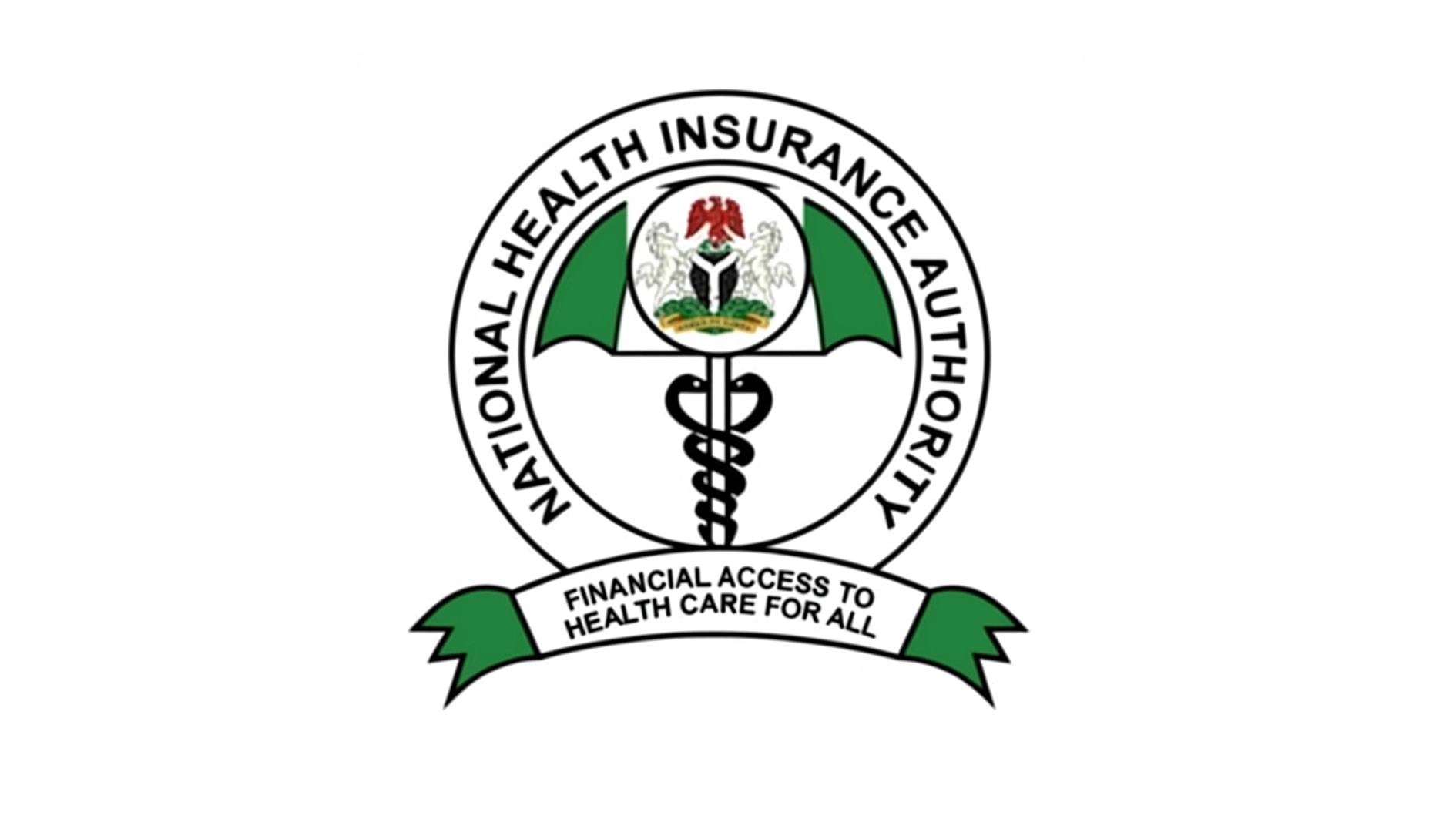The Federal Government plans to expand diagnostic and laboratory networks for blood lead testing nationwide as part of efforts to enforce regulations on lead in paints, food, water, and consumer products, and to reduce exposure risks nationwide.
The government will also launch the National Lead Elimination Policy and Strategic Plan, which will outline clear targets, funding frameworks, and strategies to expand diagnostic capacity, strengthen surveillance, and ensure access to treatment.
Minister of Health and Social Welfare, Prof. Muhammad Pate, who disclosed this during the commemoration of the National Lead Poisoning Elimination Day in Abuja, said the government will intensify surveillance focusing on vulnerable groups, especially children and pregnant women. He added that chelating agents would be procured and distributed to high-risk areas to facilitate treatment.
Pate, represented by the ministry’s Permanent Secretary, Daju Kachollom, called for renewed commitment to protect Nigerians, particularly children, from the “silent but deadly” threat of lead poisoning.
He said the ministry will train frontline health workers and state officials for early detection and community response while sustaining nationwide public education and advocacy to prevent lead exposure.
Nigeria has witnessed tragic incidents of mass lead poisoning in Zamfara (2010), Niger (2015), and, more recently, Sokoto State, where hundreds of children lost their lives due to unsafe mining and ore processing.
The World Health Organisation (WHO) estimates that lead exposure causes about 47,000 deaths annually in Africa, costing the continent an estimated $135 billion in lost productivity each year.
Pate stressed that lead poisoning is not merely an environmental problem but a “serious public health emergency that undermines human capital development.” He explained that lead is a potent neurotoxin that damages the brain and nervous system, reduces IQ, and contributes to hypertension, kidney failure, and reproductive problems in adults.
“There is no safe level of lead exposure and the youngest among us are the most vulnerable,” Pate said, adding that globally, one in every three children, about 850 million, has detectable blood lead levels.
He said the new policy and five-year plan would coordinate prevention, detection, and response across sectors such as Health, Environment., Mines and Steel Development, Agriculture, and Water Resources.
Two months ago, the Federal Government inaugurated the National Inter-Agency Working Group on Lead Poisoning Elimination to strengthen surveillance, review regulations.
Pate also revealed that with support from Médecins Sans Frontières (MSF), laboratory equipment had been provided to high-risk states to enhance blood testing capacity, while treatment has been offered to children with elevated blood lead levels.
According to him, the ministry has also conducted community sensitisation campaigns and health education outreaches, promoting preventive measures such as handwashing, safe water use, and dust control to minimise household exposure.
Director of Public Health in the Ministry, Dr Godwin Ntadom, reaffirmed the government’s commitment to protecting citizens, especially children, from lead poisoning, describing it as one of the most preventable yet under-recognised health challenges in Nigeria.
He said, “Over the years, we have experienced painful outbreaks in Zamfara, Niger, and Sokoto States that claimed many young lives. These experiences have strengthened our resolve to prevent recurrence through evidence-based policies and multi-sectoral collaboration.”
Ntadom added that the ministry is partnering with state governments and development agencies to implement the new policy, improve surveillance, strengthen laboratories, and raise nationwide awareness about lead hazards.
A representative of the Clinton Health Access Initiative (CHAI), Ms Gegewa Maka, said the organisation had worked closely with governments for over a decade to improve diagnostic and treatment access. She explained that CHAI recently conducted a national study assessing exposure levels, surveillance gaps, and response systems, forming the basis for the new national roadmap on lead prevention.
“This year’s theme, No Safe Level, underscores the urgent need for coordinated action to end lead exposure,” she said, reaffirming the organisation’s readiness to support the ministry in strengthening inter-ministerial governance and data-driven mitigation efforts.






